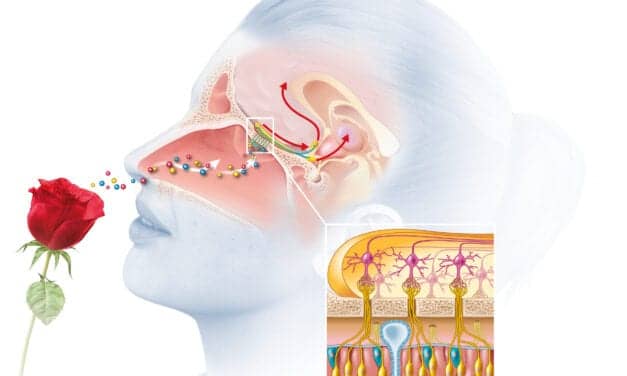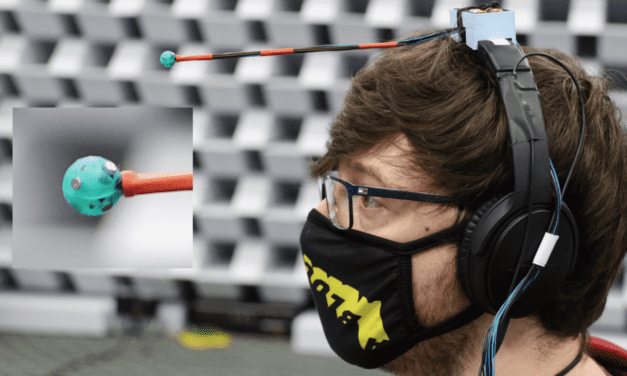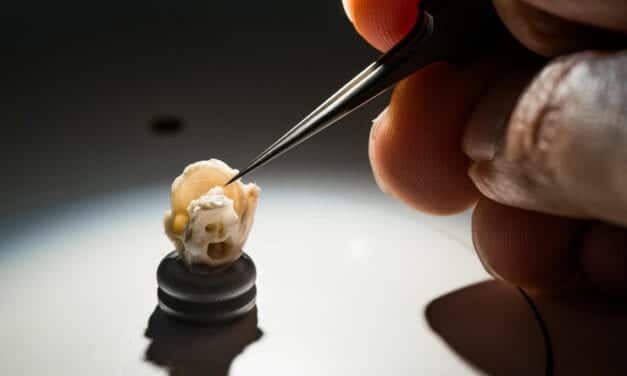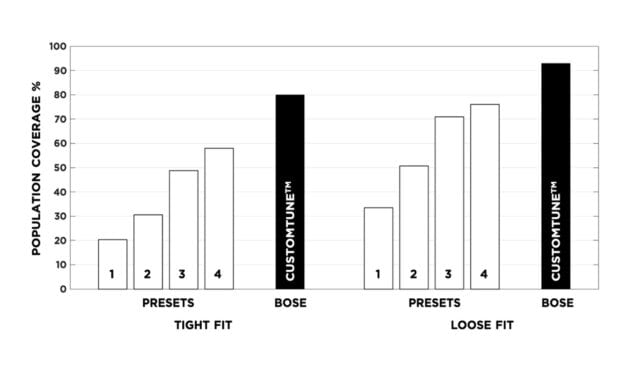Delta Variant of COVID-19 May Cause Hearing Loss
Hearing impairment, blood clots leading to gangrene, and “severe gastric upsets,” are being seen by doctors in India, England, and Scotland, where the B.1.617.2 delta strain is prevalent and more likely to lead to hospitalization, Bloomberg reported.
Read More













